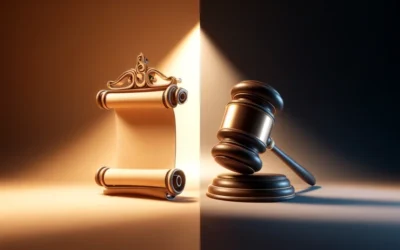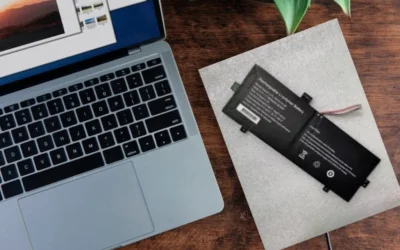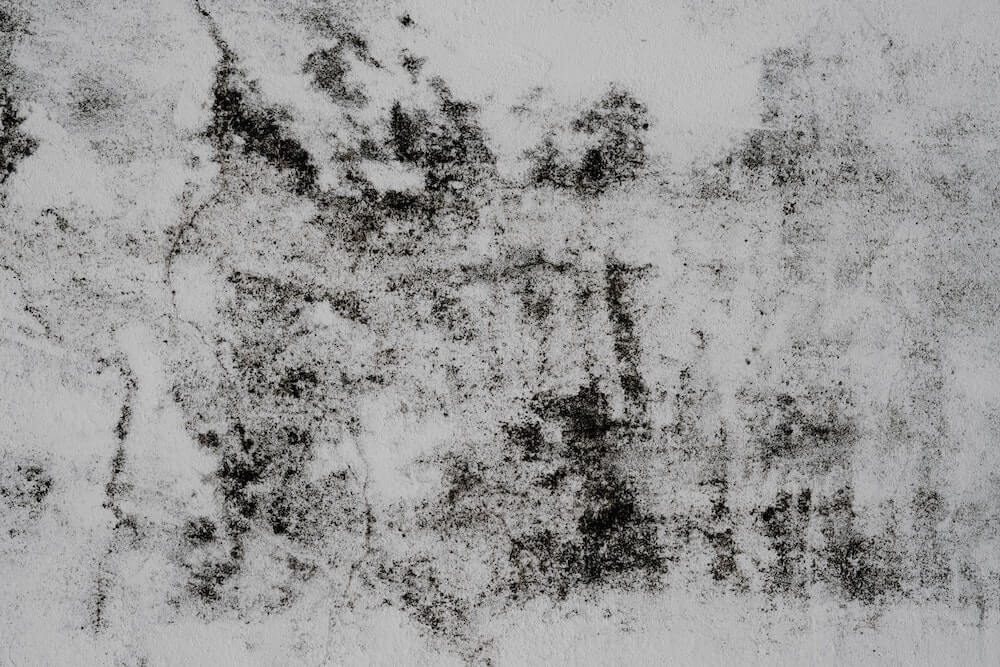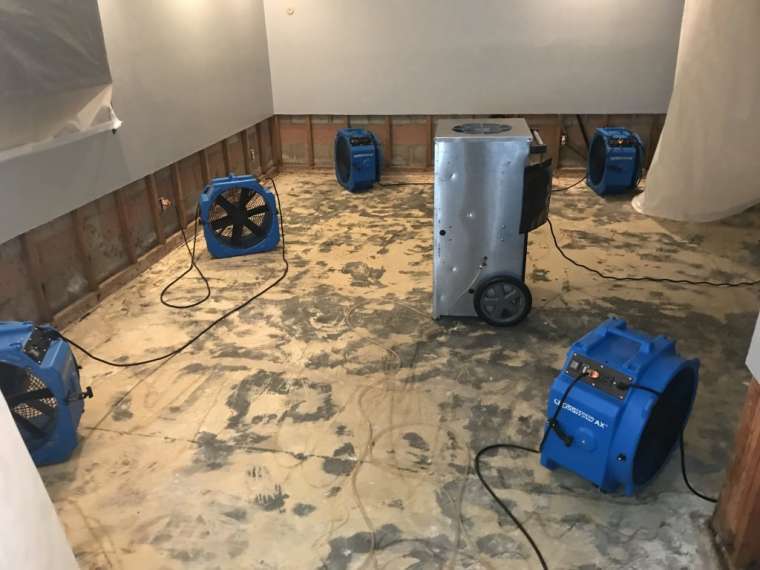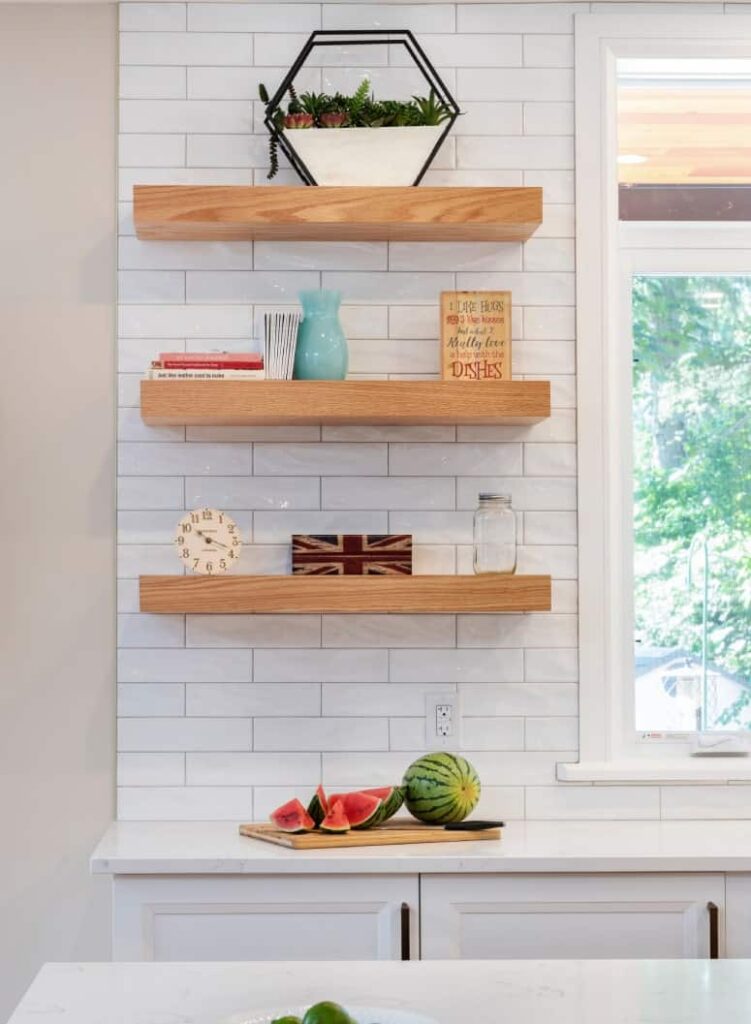How to Choose Between Drip Irrigation and Sprinkler Systems
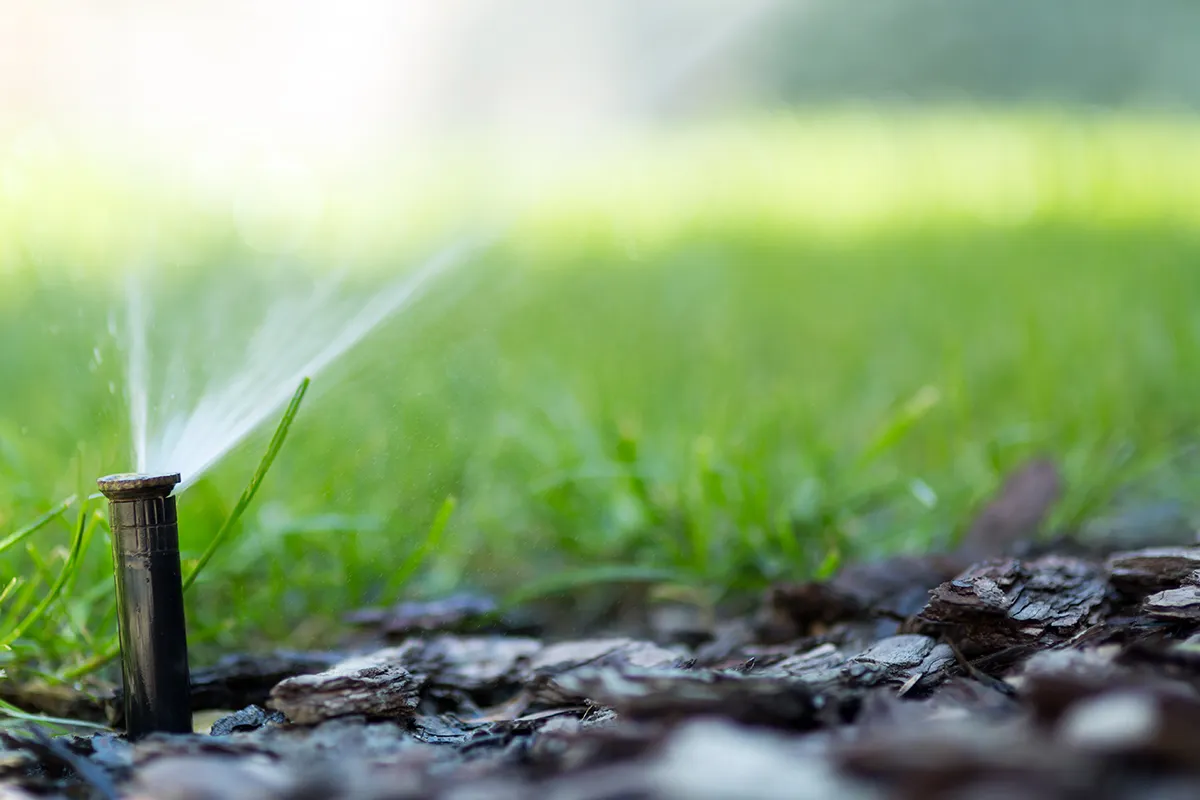
Are you planning to set up an irrigation system but unsure whether to go with a drip irrigation system or a sprinkler system? It’s a common dilemma for gardeners, farmers, and landscapers alike. Both options have their own set of advantages and disadvantages, and the best choice largely depends on your specific needs, the type of plants you’re nurturing, and your overall budget. Let’s explore these two systems in detail, weigh their pros and cons, and help you make an informed decision.
Understanding Drip Irrigation and Sprinkler Systems
Before diving into the decision-making process, it’s essential to understand how each system works.
What is Drip Irrigation?
Drip irrigation is a system that delivers water directly to the roots of plants through a network of tubes, pipes, and emitters. It releases water in a slow, controlled manner, ensuring that the soil around the roots remains consistently moist without getting waterlogged. This method is designed to minimize water waste and ensure that each plant receives the right amount of water.
Common Uses: Drip irrigation is ideal for vegetable gardens, flower beds, shrubs, trees, and potted plants. It’s particularly effective in areas with low water pressure or in regions where water conservation is a priority.
What is a Sprinkler System?
On the other hand, a sprinkler system mimics natural rainfall by distributing water over a large area through a series of nozzles and sprinkler heads. It can cover extensive landscapes, making it a popular choice for lawns, golf courses, and larger gardens. Sprinkler systems come in different forms, from rotating heads to stationary ones, and can be customized based on your watering needs.
Common Uses: Sprinkler systems work well for lawns, ground cover, large gardens, and areas with uniform plant growth.
The Pros and Cons of Drip Irrigation
Advantages of Drip Irrigation
- Water Efficiency: Drip irrigation is highly efficient because it delivers water directly to the plant roots, minimizing evaporation and runoff. This can save up to 70% of water compared to traditional watering methods.
- Reduces Weed Growth: By targeting only the plants you want to water, drip irrigation reduces the chances of weeds growing in between your plants, as the surrounding soil remains dry.
- Minimizes Soil Erosion: Since the water is applied slowly, it reduces the chances of soil erosion, making it ideal for sloped gardens or areas with loose soil.
- Healthier Plants: With consistent moisture, plants are less stressed and more likely to thrive, leading to healthier and more productive growth.
Disadvantages of Drip Irrigation
- Installation Cost and Time: Setting up a drip irrigation system can be labor-intensive and may require a higher upfront cost for materials.
- Clogging Issues: The tiny emitters can become clogged by dirt or mineral deposits over time, requiring regular maintenance.
- Limited Coverage: Drip systems are more suited to specific plantings and aren’t ideal for covering large, uniform areas like lawns.
The Pros and Cons of Sprinkler Systems
Advantages of Sprinkler Systems
- Broad Coverage: Sprinkler systems are excellent for covering large areas quickly, making them perfect for lawns, golf courses, and extensive gardens.
- Mimics Rainfall: The water is sprayed evenly over a wide area, closely simulating natural rainfall, which can be beneficial for plants that require overhead watering.
- Ease of Use: Once installed, a sprinkler system is easy to use and can be automated with timers, making it a convenient option for busy gardeners.
Disadvantages of Sprinkler Systems
- Water Waste: Sprinkler systems are prone to water wastage due to evaporation, wind drift, and runoff, especially in hot or windy conditions.
- Weed Growth: Since water is sprayed over the entire area, it encourages weed growth in between your plants.
- Higher Water Bills: Due to inefficiency in water usage, sprinkler systems may lead to higher water bills, especially in dry climates.
Key Factors to Consider When Choosing an Irrigation System
So, how do you choose between drip irrigation and sprinkler systems? Let’s discuss some key factors that can guide your decision.
1. Type of Plants and Landscape
- For Lawns: If you’re primarily watering a lawn or an area with ground cover, a sprinkler system is often the best choice because it covers large areas effectively.
- For Gardens, Flower Beds, and Individual Plants: Drip irrigation works better for vegetable gardens, flower beds, shrubs, trees, and potted plants, as it targets the water to the roots where it’s needed most.
2. Water Efficiency and Conservation
If water conservation is a top priority, drip irrigation is the clear winner. It uses less water and minimizes evaporation, making it an eco-friendly option, especially in drought-prone areas.
Ask Yourself: Are you willing to invest a bit more time and effort in the installation process to save water in the long run?
3. Budget and Installation
- Initial Cost: While both systems have upfront costs, drip irrigation might be more expensive to install due to the need for pipes, emitters, and specialized connectors.
- Maintenance Costs: Drip systems require regular maintenance to prevent clogging, while sprinkler systems need occasional checks for broken or misaligned sprinkler heads.
4. Maintenance Requirements
Drip irrigation requires more frequent maintenance to ensure that the emitters are not clogged or damaged. Sprinkler systems, on the other hand, require less frequent maintenance but can be more costly to repair if something goes wrong.
5. Soil Type
- Clay Soil: Drip irrigation is ideal for clay soils because it releases water slowly, allowing it to be absorbed without causing runoff.
- Sandy Soil: A sprinkler system might work better in sandy soils, as it provides a more even distribution of water across the surface.
6. Climate and Weather Conditions
In hot, dry, or windy climates, drip irrigation is more efficient because there is less water loss due to evaporation. Sprinkler systems can be less effective in windy conditions as water can be blown away, resulting in uneven watering.
Can You Combine Both Systems?
Yes, you can! In fact, many landscapers and gardeners choose to combine both drip irrigation and sprinkler systems to optimize watering efficiency. For example, you might use a sprinkler system for your lawn and a drip system for flower beds and shrubs. This hybrid approach ensures that each part of your garden gets the right amount of water without waste.
Making the Final Decision
Let’s recap the key points:
- Choose drip irrigation if you want a water-efficient system that delivers moisture directly to your plants’ roots, reduces weed growth, and is suitable for gardens, flower beds, and individual plants.
- Opt for a sprinkler system if you have a large lawn or garden that needs broad coverage, prefer a system that mimics natural rainfall, and want a relatively low-maintenance option.
SeattleLandscapes.com offers top-notch expertise in Seattle irrigation, making it easy to choose between drip and sprinkler systems for any landscape. Their tailored solutions ensure efficient water usage, perfectly suiting every garden’s needs.
Conclusion: Which Irrigation System is Right for You?
Choosing between drip irrigation and sprinkler systems doesn’t have to be a daunting task. By evaluating the needs of your landscape, your water conservation goals, budget, and the type of plants you’re nurturing, you can make a well-informed decision that suits your specific requirements.
So, are you ready to create a lush, thriving garden? Whether you go with drip irrigation, a sprinkler system, or a combination of both, your plants will thank you for it!
SEE ALSO THIS: Top Yard Cleanup Services in Seattle: How to Choose the Right One


